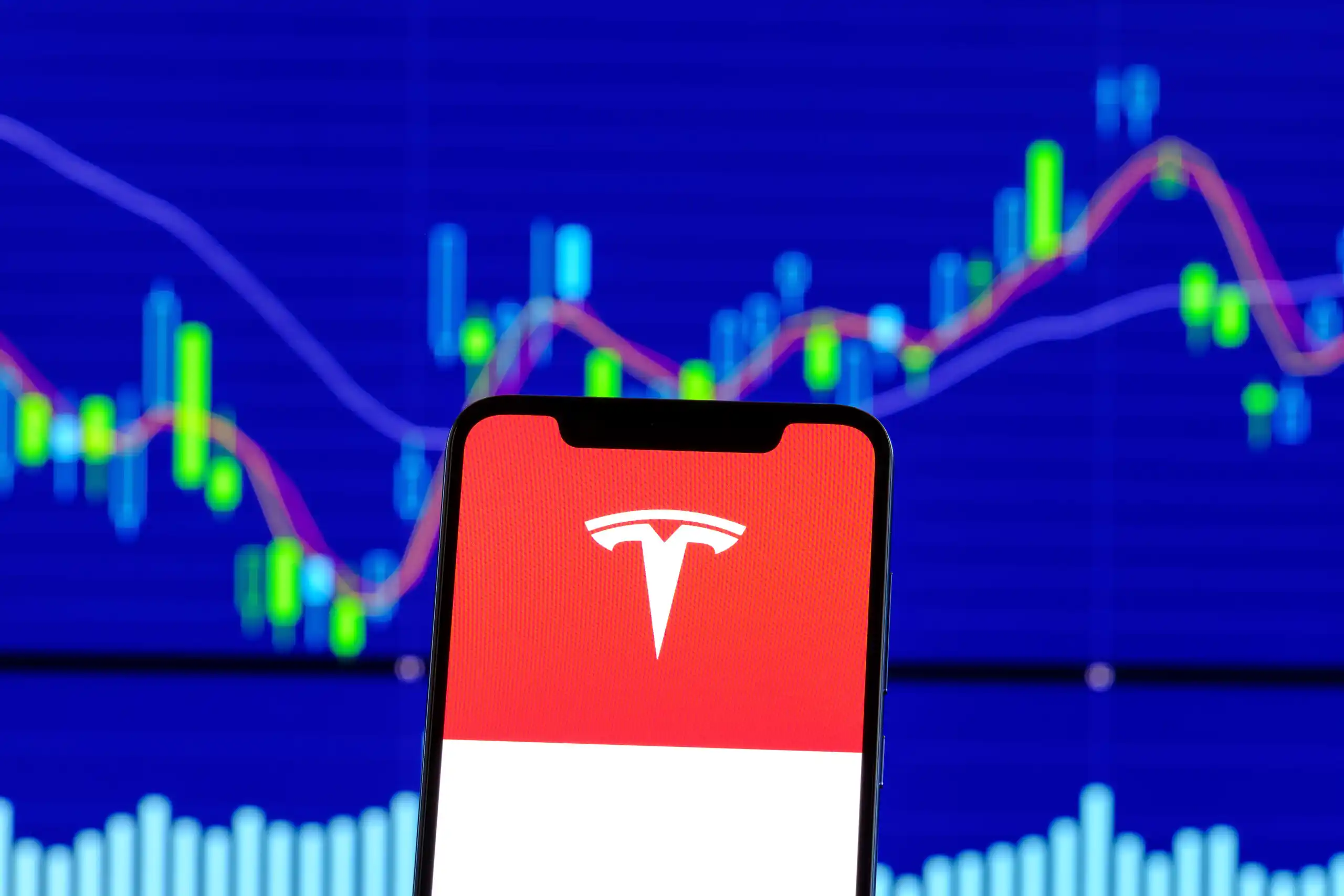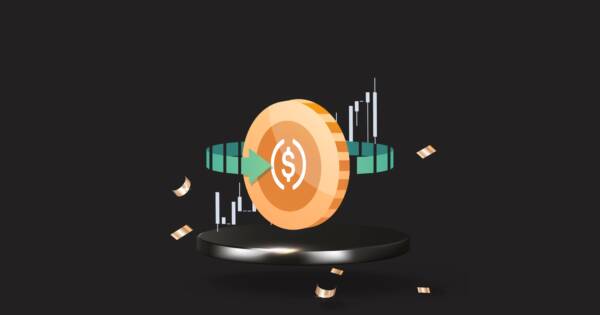The incredible rise of Tesla’s stock valuations in the past couple of years has certainly captured the imaginations of many. A few years ago, I actually heard that a friend-of-a-friend owned roughly 10,000 option contracts. He was betting the stock would go up. Details are a bit hazy on how much this guy actually owned when the price went up tenfold during its latest parabolic rise. However, it’s safe to say that he made out like gangbusters. Regrettably, I could have joined the Richie Rich club via Tesla stock too. One of my best friends told me about the stock right after the company’s first IPO. At that point, it was about $20 per share (before stock splits). This was back in 2010 or so, meaning it would have been a long term investment. Even still, every $1,000 I could have invested then would be worth more than $170,000 today! In this article, we’ll talk about how to buy Tesla stock — and more importantly, whether you should.
Tesla Stock History
If I had bought into Tesla early, the ride would have been quite volatile. The Tesla IPO was on June 29, 2010 at $17. The price shot up on opening day by 40%, to close at almost $24 a share. The euphoria of an electric driving future was real, even back then. A year later and it was a totally different story though. By March of 2011, the stock was crushed. You could have bought shares for a little less than $5.
Can you imagine being able to buy Tesla stock at $5 a share? Each share is now worth roughly $650, as of this writing. That’s factoring in a 5-to-1 split in 2020. Pre-split, your $5 a share investment would have turned into $680. Investors are ecstatic when they find a ten-bagger (an investment that goes up 10 times its initial value). This would be a 170-bagger!
Hooray for Fractional Shares Investing
Here’s the million dollar question: is it too late to invest in Tesla stock? I’ve been asked of this question quite a few times already. My wife’s friend recently said that she wants to invest. However, she doesn’t think it’s possible due to the high price per share. She mistakenly believes that it takes a ton of cash to buy even a few whole shares. I was happy to inform her, though, that there’s another way.
Luckily, brokers came out with an innovation known as Fractional Share investing. Fidelity calls it Stocks by the Slice. Charles Schwab calls it Schwab Stock Slices. The Robinhood trading app also helped revolutionize this concept. Whatever marketing term is used, the feature is basically the same thing. It lets you buy stocks based on the amount of money you want to invest, rather than how many shares you want to buy. So instead of buying 10 shares of Tesla and paying the market price, you can simply invest $2,000. Your broker will buy as much as possible, including partial shares. For example, $2,000 would buy roughly 3.25 shares of Tesla today
The difference is subtle when described on paper. However, it makes a big difference for the investor. There’s less control on what prices the trades execute at. This means more profits for market makers. It’s also easier for investors to have their trades execute. Overall, the process is much easier to manage for the masses. For younger investors who don’t have a ton of capital to invest especially, it also helps them get into high priced stocks like Tesla, Amazon, or Google.
Fractional trading is awesome, but we haven’t answered the million-dollar question yet. Should you buy Tesla stock?
Why Would You Invest in Tesla?
Unfortunately, reality is unpredictable. If I could definitely tell you that Tesla’s stock price is going to keep rising, why wouldn’t I just bet my life savings on it? If I could predict the market, why didn’t I buy at $5 a share and retire young with a Lambo and my own private island? It’s a common investing disclaimer, but we have to say it again. All investing carries of element of risk. We are not professional market analyzers and do not offer professional investing advice.
Having said that, there are many things Tesla is doing right. There are plenty of intriguing reasons to consider making an investment in them. There’s also some worrisome factors that may make potential investors wary of making a big bet. At the very least, let’s go over some basic Tesla due diligence to kick off our research. Here’s a short list of the potential upside.
An All-Electric Future
The electric vehicle (EV) revolution is real. There’s no question that governments around the world are invested to push for a future with way more EVs on the road. Some jurisdictions have already pledged to ban the sale of new gas-powered cars by 2035. As a leader in the space, Tesla is bound to benefit. This doesn’t just mean direct government subsidies but also infrastructure investment and acceptance by the general population.
The public has been a bit reluctant to accept the switch to EVs so far. However, opinions are gradually and consistently shifting. The EVs of today are already a lot more capable than those from ten or 15 years ago. Charging stations are popping up everywhere. And most importantly for many consumers, choosing an EV will ultimately save them money in the long run. All of this bodes well for a company like Tesla.
Tesla vs. Competitors
So far, Tesla’s battery tech and ecosystem is vastly superior to its competitors. One of the biggest gripes of owning an EV has been range anxiety. That is, how many miles the car can travel before the battery is dead and how long it takes to recharge. There’s a reason why you seldom see EVs going on long road trips. I know I’ve personally shied away from owning a EV, due to the fear of getting stuck somewhere with no way to charge my ride.
Tesla is really the only option that’s even close to viable for a road trip. For one, their battery technology allows their cars to have vastly superior range compared to its competitors. Additionally, they are really investing major dollars into their network of charging stations. I went to Las Vegas with a friend a couple of years ago in his Tesla Model X. While he had to plan the trip accordingly and make specific charging stops along the way, it wasn’t really an issue. There were plenty of places to charge his electric SUV. It really wasn’t much different than the periodic stops for gas needed on a regular road trip. Competing models are still working hard to catch up to Tesla when it comes to range and charging infrastructure. So why wouldn’t an interested EV buyer lean towards Tesla right now?
More Than EVs
Tesla does more than just electric vehicles. Tesla also makes money on solar panels and power storage. They could also end up being a dominate player in highly profitable emerging industries. The most obvious example, so far, is autonomous driving. Plenty of auto companies have been tinkering around with various self-driving programs, but Tesla still leads the way.
Tesla is the only company that has collected real world data with its millions of cars on the road. This makes its self-driving technology far advanced than any competition out there. When that technology finally matures, it has the possibility of disrupting plenty of existing industries. Think taxis, Ubers, truckers, or chauffeurs. It could even impact things like parking or vehicle storage. But self-driving isn’t perfect yet. More on that in a minute.
The Downside of Tesla Stock
Like we said, any investment involves some risk. Although Tesla has some positive things going for it, it remains a bit risky for a few reasons. It’s certainly not a guaranteed money maker like some people are insisting. In fact, the price of the stock dropped from almost $900 in January 2021 to around $600 in mid-May. That’s a huge drop, if you bought at the height because you expected is to keep rising forever. Here are some other things to consider carefully before you convert your hard earned cash into Tesla shares.
The Price May (Still) Be Inflated
Tesla’s stock valuation has been quite high. In fact, critics claim that it’s still ridiculously high. All the positives the company has going for it were all true in January, when the stock was at $900 a share. It’s now at roughly $6200. That sort of move can be financially devastating. Some critics point out that Tesla sells significantly fewer cars than companies like Ford or Volkswagen.
For example, Tesla delivered just under half a million cars in 2020. By comparison, Ford sold 4.2 million. Yet Ford’s stock price is about $11.50, giving them an overall valuation of $45 billion. Tesla’s stock price gives them an overall value of $592 billion. How can they be ten times more valuable than Ford, despite selling 3.7 million fewer cars? Some people argue that Tesla’s stock price remains a bubble, that will eventually burst.
The Auto Industry Is Adapting
The entire car industry isn’t going to sit back and watch anymore. Did you know that Toyota was actually a big investor of Tesla before its IPO? Electric vehicles were always going to be the future. But the future, as they say, is not the present. Traditional car companies needed to keep profits by selling traditional cars while EV technology improved. That’s why most of the big companies have been slow in spending massive amounts of money into R&D for a electric rollout. Instead, they opted to funnel much of their spending to support their existing technology.
That is changing, and changing fast. General Motors, Ford, and Volkswagen are all jumping into the ring in a big way. You can bet that every other automaker is going to be pouring more and more resources into their electric platforms in the coming years. For a while, it seemed like Tesla would cause the dinosaurs of the auto industry to become extinct. However, even the lumber old dinosaurs are adapting and evolving, embracing the electric driving future. If a massive company like Volkswagen (and all its subsidiaries) devoted their massive resources fully to EVs, they could potentially crush Tesla.
New Competition Emerges
It’s not even the Big Three from Detroit that Tesla has to worry about. Even technology behemoths are jumping into the space, creating even more competition. Vehicles are constantly adding more electronics and software. At this point, it resembles more of an electronic device than a piece of mechanical machinery. This makes it easier for big technology companies to gain an advantage, since they already possess the software and hardware engineering talent.
Apple, for example, is rumored to be in talks to make an electric car. There could be a day when Google, Microsoft, Amazon, or even Facebook manufacturers a car. Or at control the self-driving software that powers one. Even if all these new offering flops, they could thin out the revenue from Tesla and squeeze their profit margins.
Self-Driving Vehicles Aren’t Ready Yet
Futuristic self-driving technology is all the rage. However, it’s not guaranteed to work out. Self-driving cars could be life changing technology. However, they are potentially dangerous. There have already been multiple deadly crashes involving Tesla cars in autonomous driving modes. Granted, these are almost always because the driver wasn’t paying attention or prepared to take control of the vehicle. (These are still a requirement of every self-driving technology that exists today).
You can bet that the government will regulate these programs to no end. And we all know how efficient bureaucrats can be. Tesla has a technological lead here, by a wide margin. However, it’s not certain they will dominate this space forever. Tesla’s autonomous driving features, known as Autopilot and Full Self-Driving, have already been subject to plenty of criticism. (Their misleading names are only a small part of the problem.) One major crash or scandal cause Tesla (and the entire auto industry) serious set backs. That would certainly affect their stock price.
The Bottom Line
Actually buying Tesla stock is pretty easy. Sign up for an account at any of the major broker firms. Fidelity, Charles Schwab, Interactive Brokers, or Robinhood will all work. Once you deposit your funds, then it’s just a matter of going to the buy screen and clicking confirm. Buying stocks online has never been easier, thanks to the internet and the rise of simple investing apps.
The real question is whether you should buy it in the first place. There are certainly some attractive reasons to take the plunge. There are also, however, some legitimate reasons to hold off. When it comes to investing, you’re always taking a gamble. Investing in Tesla today could see huge returns in just a couple of years. Then again, the bubble could burst and you could lose a bunch of money too. I’ve listed some of the biggest pros and cons. The rest is up to you.
 Shutterstock
Shutterstock







